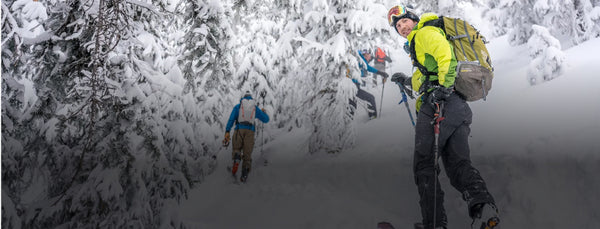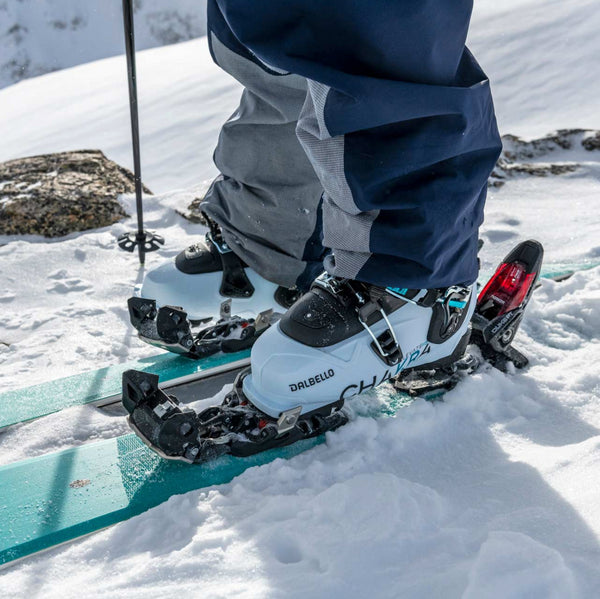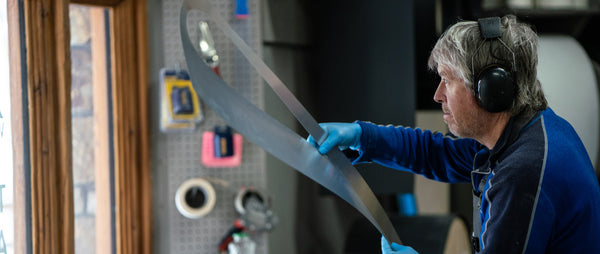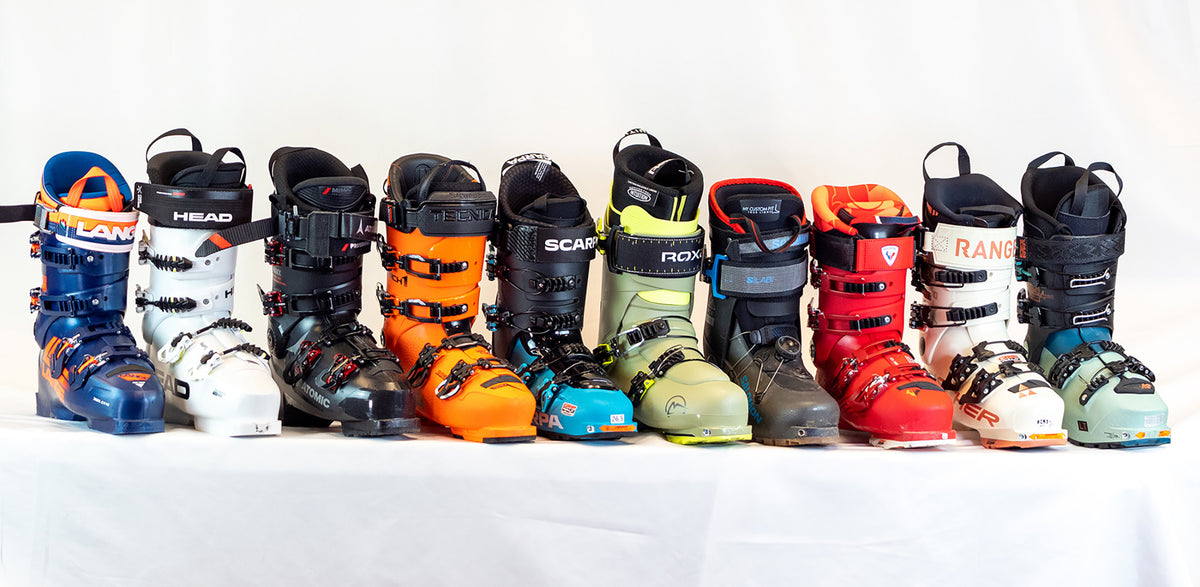
The Right Way to Store Your Boots
You’ve lovingly packed away your skis for the season, but boots need summer love, too.
When you’re done prepping your skis for storage, its time to put your boots away properly. If you don't, when you stick your foot in the boot in November, you may learn the hard way that a boot stored damp can actually mildew inside (yuck!).
The polyurethane and polyether plastics used to make high-performance ski boots tend to take on a “set” when left alone for long periods, which means it’s best to store them all buckled up. Left open for the summer, the overlap flaps and cuff straps pointing off in odd directions, and the boot may not fit as well as you remembered.
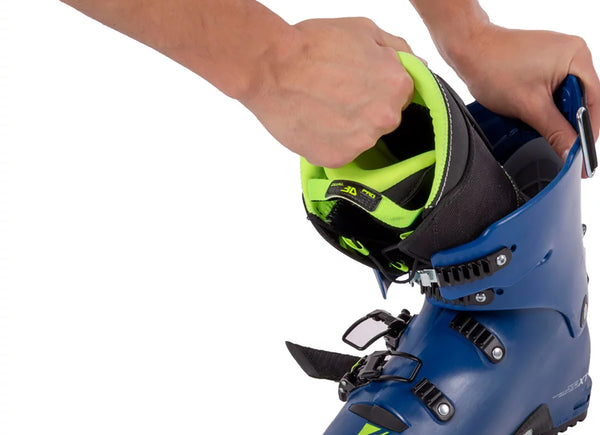
Storing your boots well over the summer will pay dividends come winter.
Other things to do before storing your boots for the season:
1) Pull the liner out of each boot and set it aside in a cool dry place to dry thoroughly. Remove the footbed so it can dry, too. Make sure the tongue sits in its normal skiing position, inside the liner. Stuff crumpled newspaper into the liner to absorb moisture and help the liner retain its shape. If the liner has laces, pull them tight.
2) Clean the plastic shells inside and out using a mild detergent or diluted citric cleaner. Rinse and dry.
3) Check for damage to the shell and cuff. Look for bent buckles, missing screws and canting hinges. Look for cracks in the plastic, especially if the boots are more than five or six years old (even very durable plastics can grow brittle after years in the sun and wind). Look carefully at wear on the boot soles, especially at the toe and heel where the boot interfaces with bindings. If the soles are badly worn, especially if worn asymmetrically, it can adversely affect binding release function. Where outsoles are replaceable, check the condition of the screwheads holding them to the main shell. You’ll want to replace the outsoles before those screwheads are worn off.
4) Where damage needs to be repaired, consult your bootfitter or another expert ski shop. Most buckles can be replaced, some cracks can be welded, and many outsoles can be replaced.
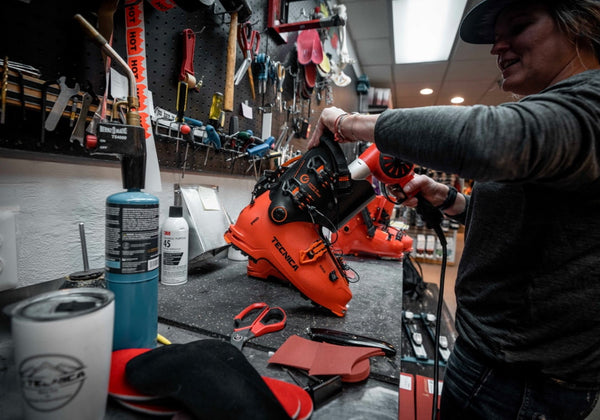
A good boot fitter can do some repairs for your boots. Check with them.
5) Store boots in a dark, cool, dry place.
When the snow flies again and you slide your foot into a non-smelly, dry, well-shaped boot, you’ll be thankful you took the time to put everything away properly come winter!
Want to know the right way to store your skis? Check out the article here.
--
Article by Kimberly Beekman
Kimberly Beekman is the former editor-in-chief of the late, great Skiing Magazine (RIP), and a longtime editor of SKI Magazine before that. She currently uses the title of “freelancer” as a beard to ski powder all over the world. She lives in Steamboat, Colorado, with her wonderful daughter and terrible cat.


